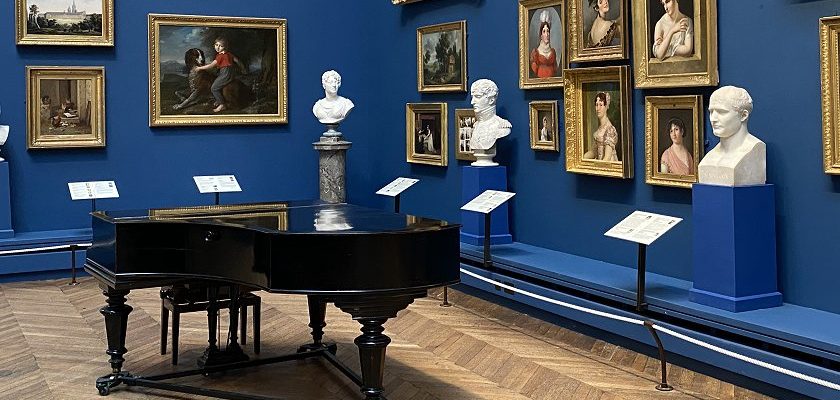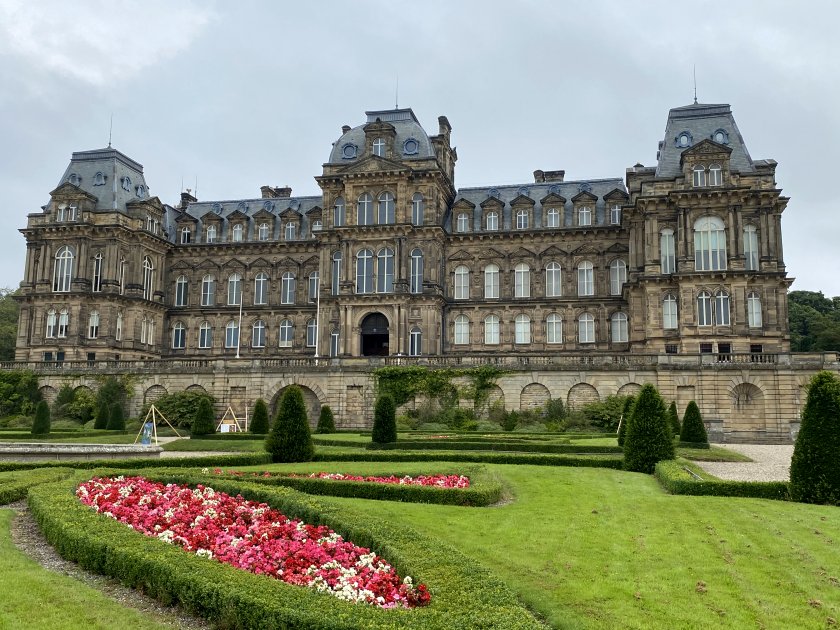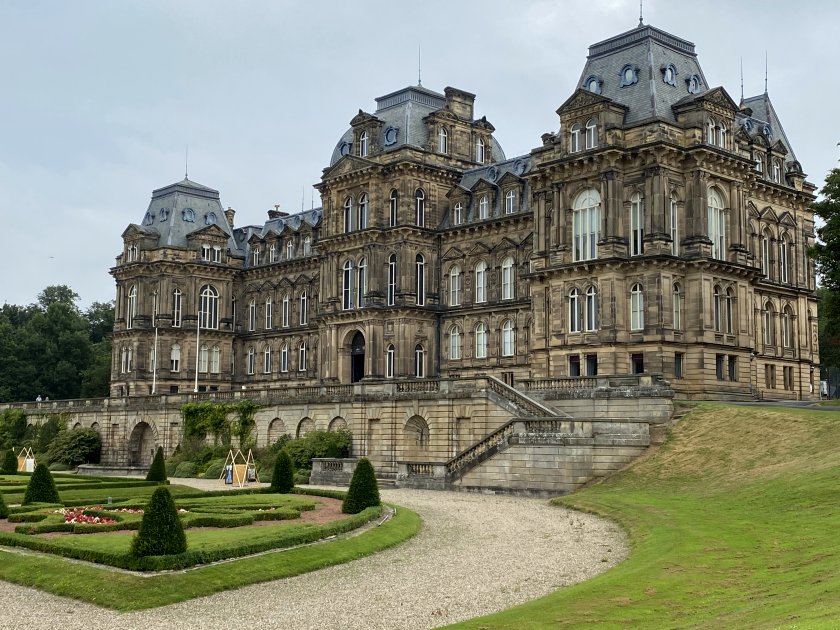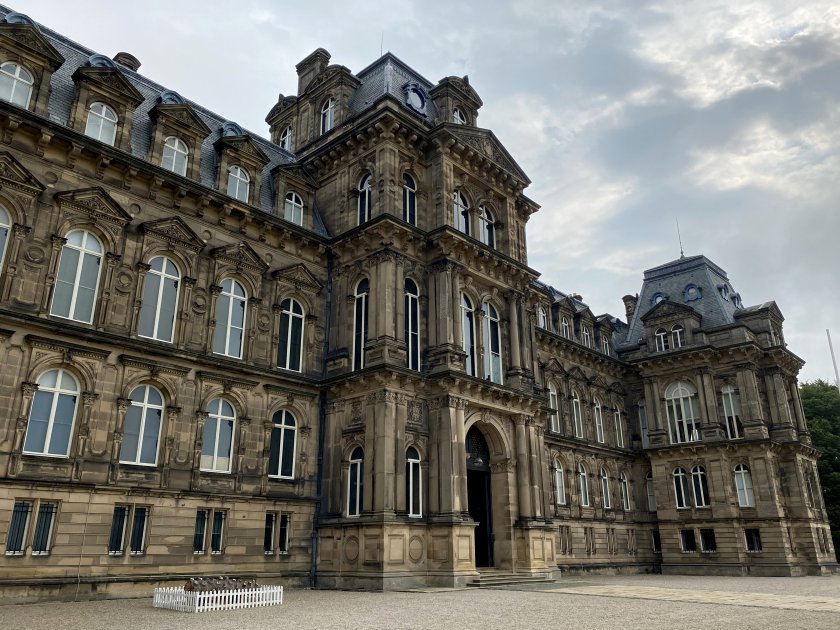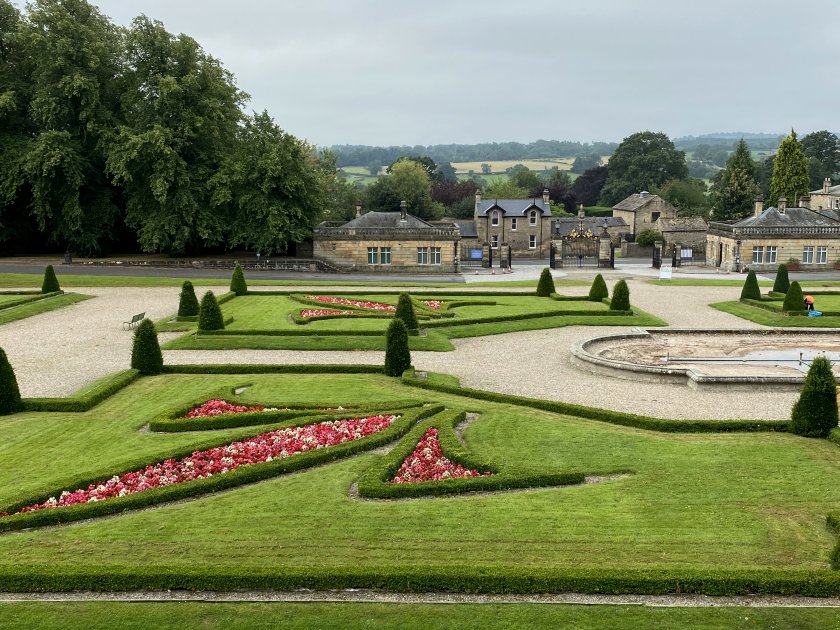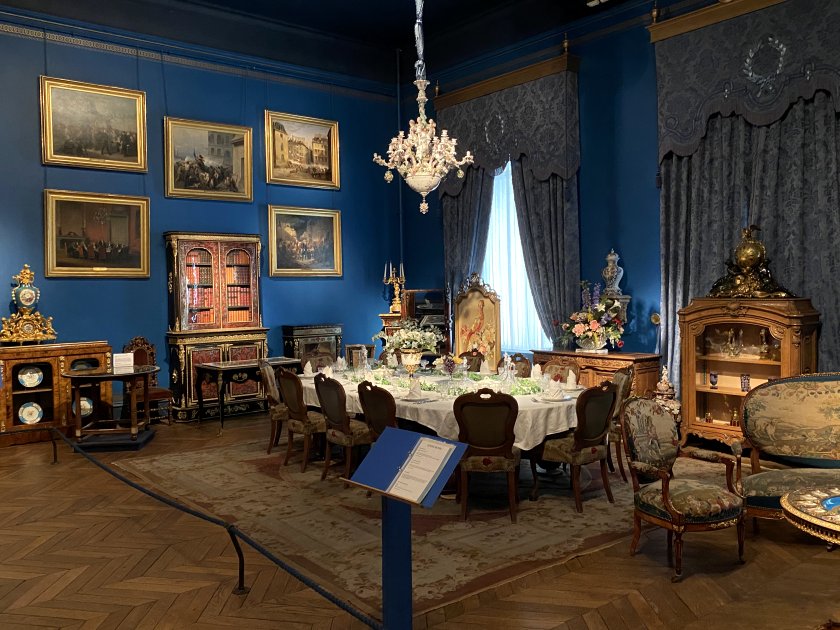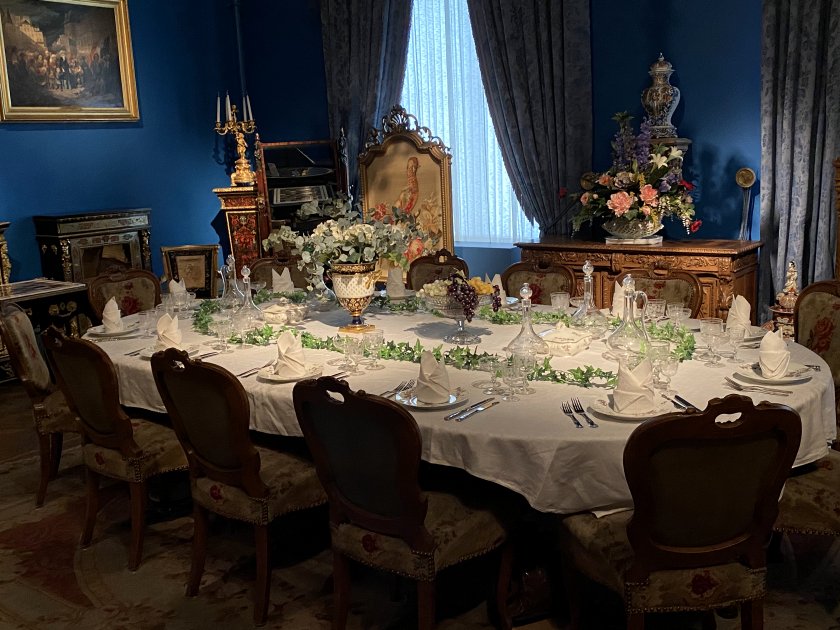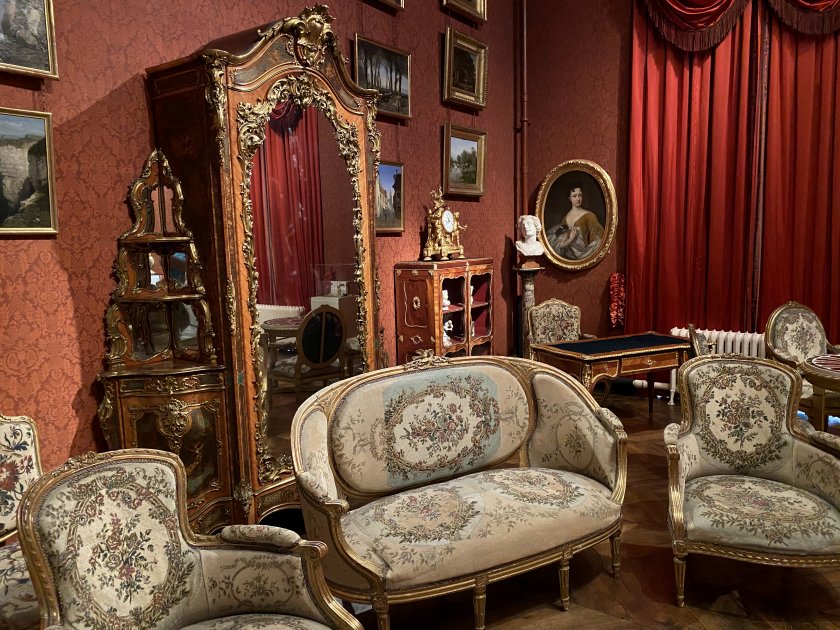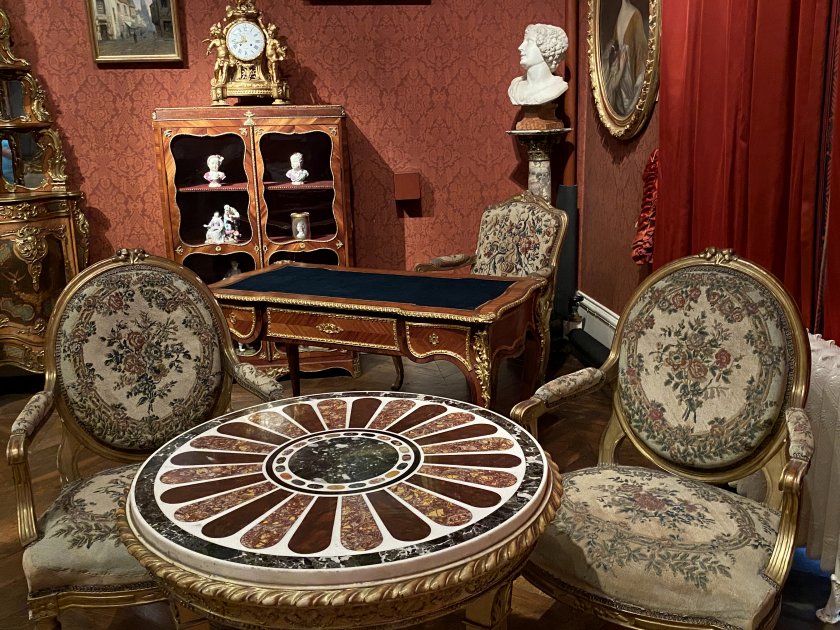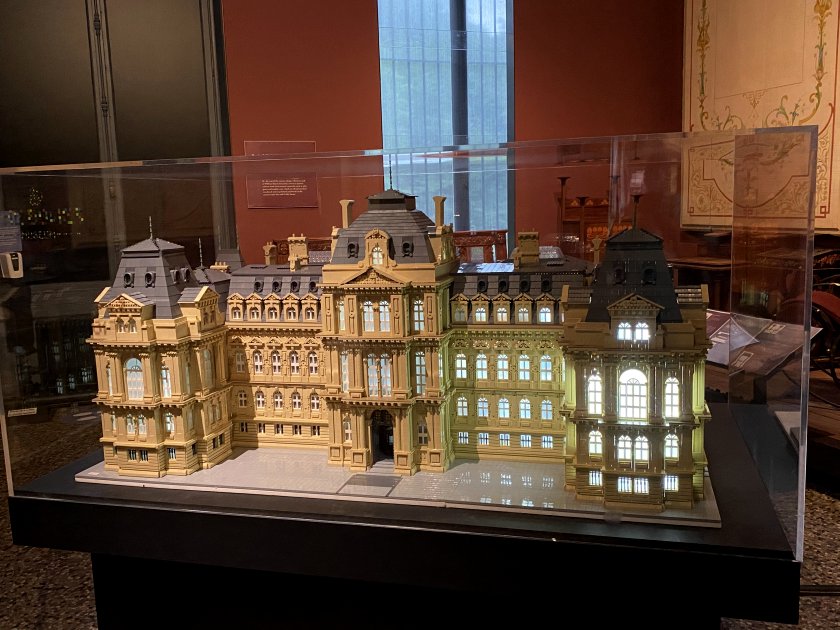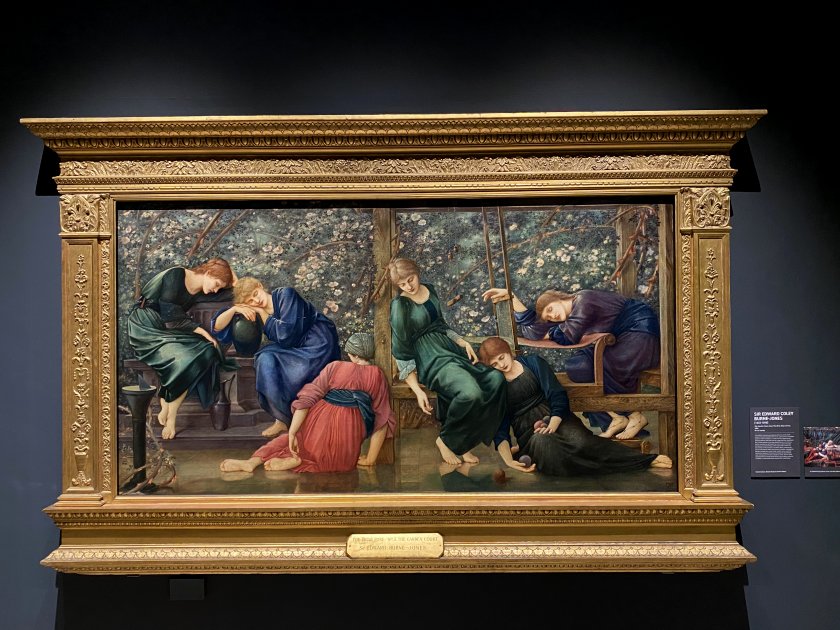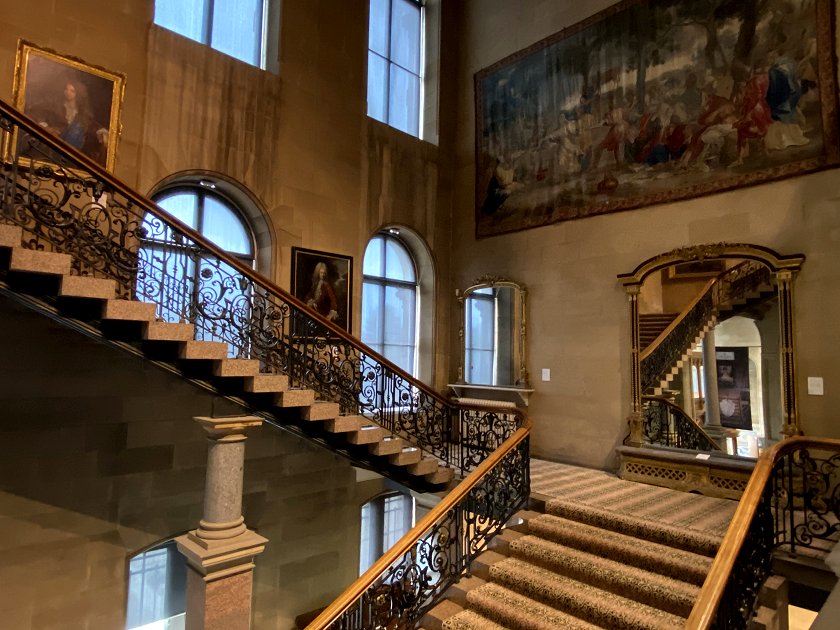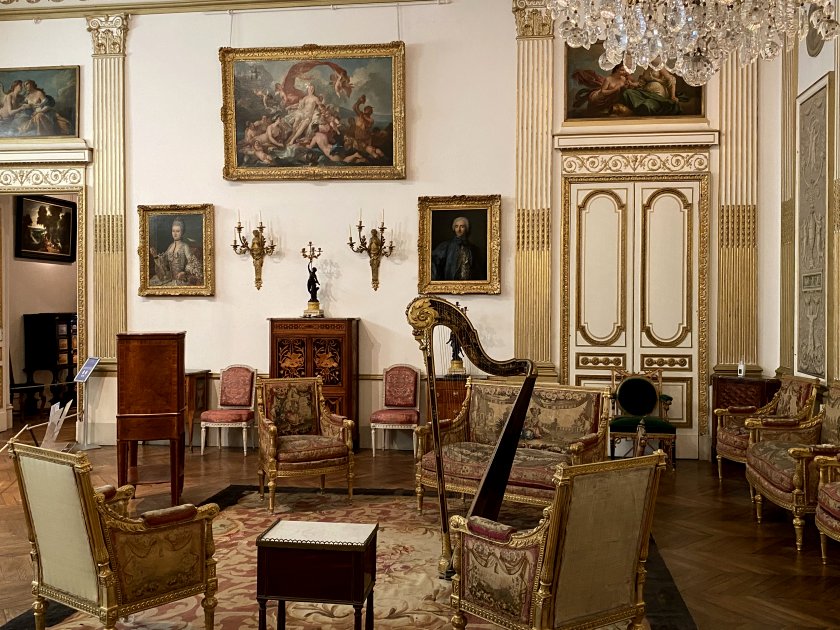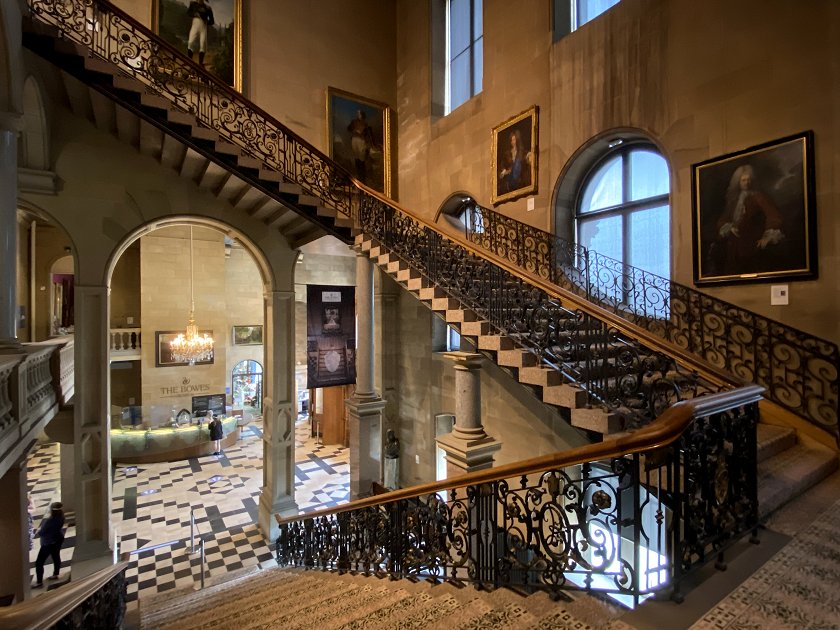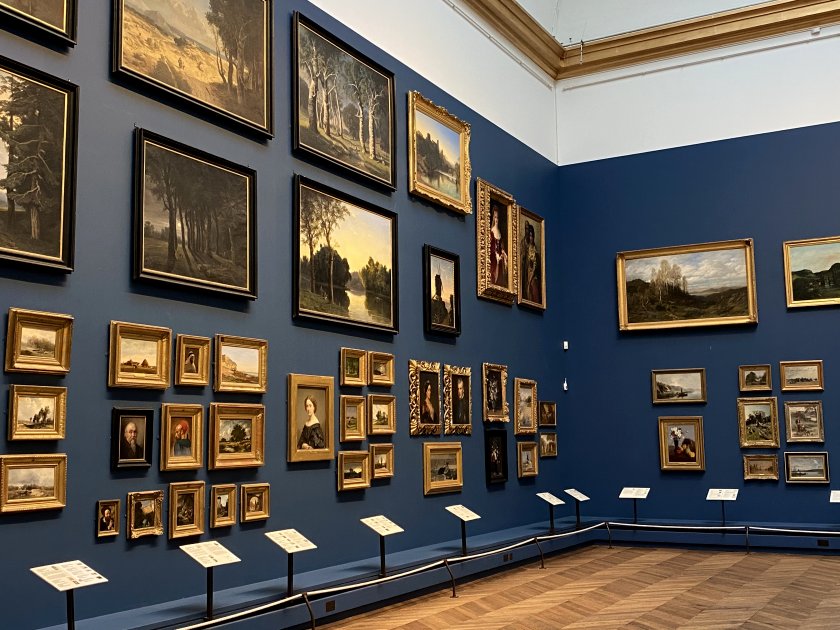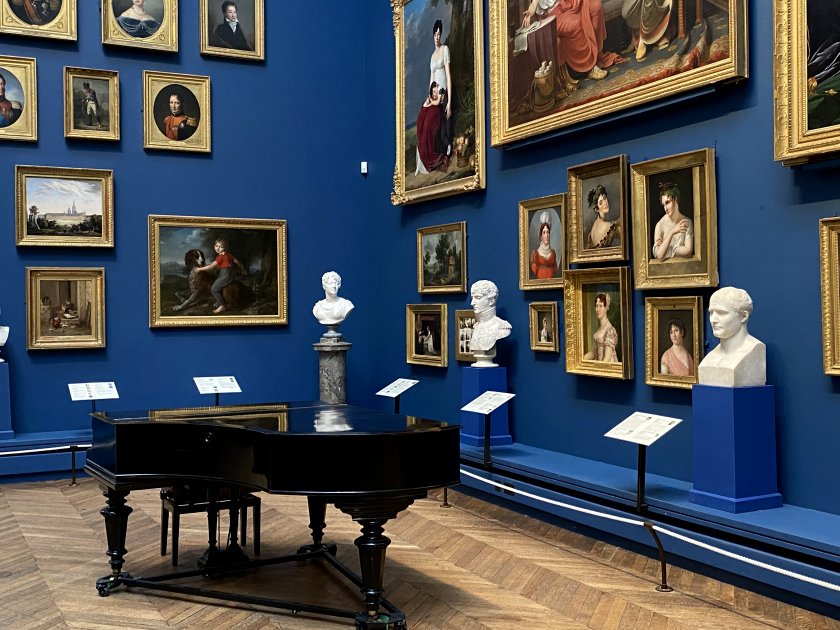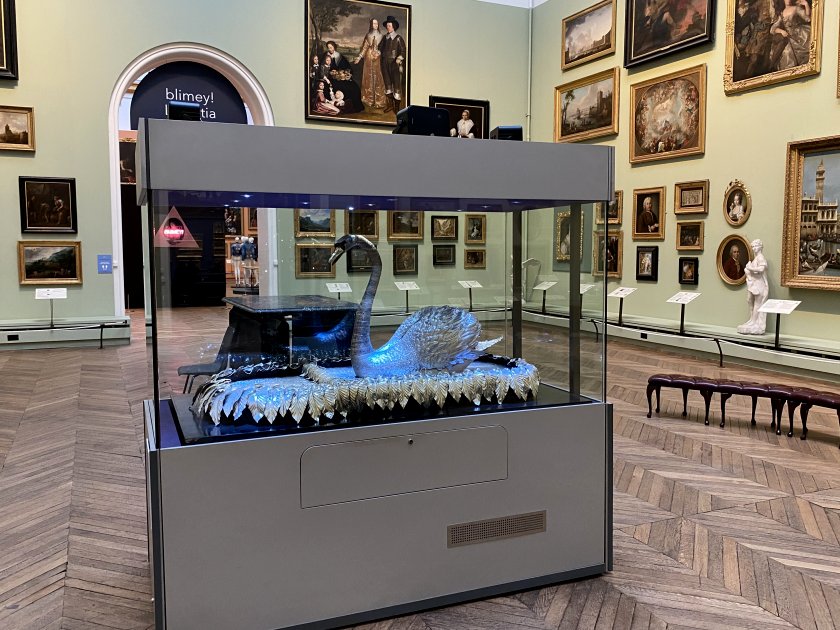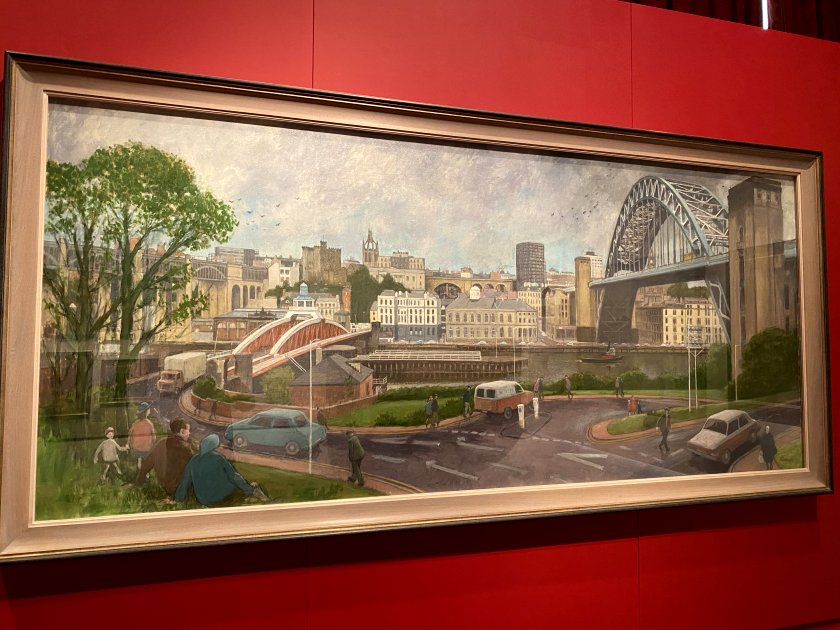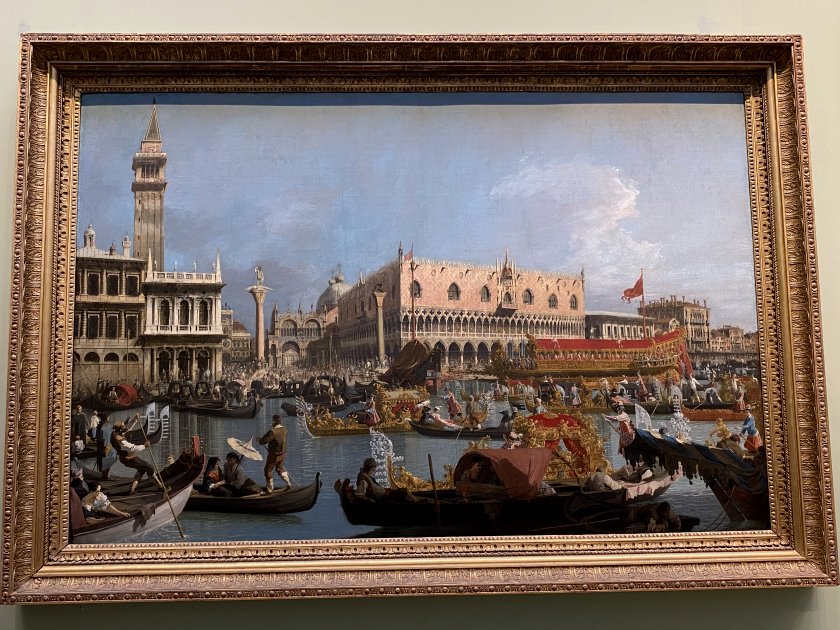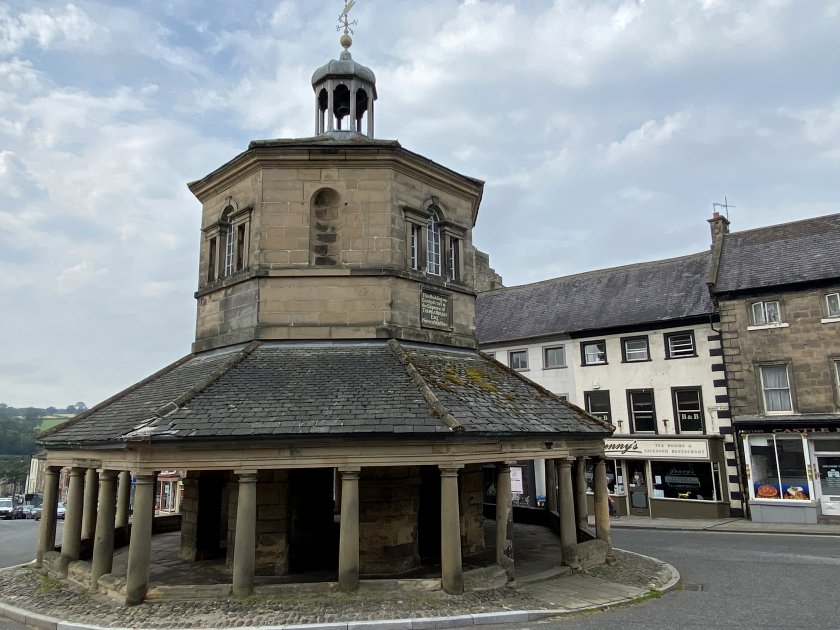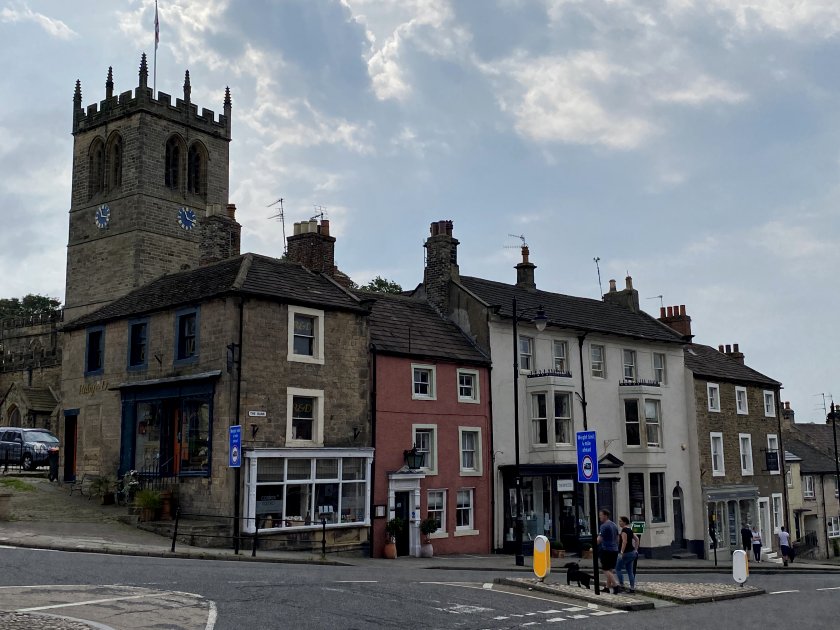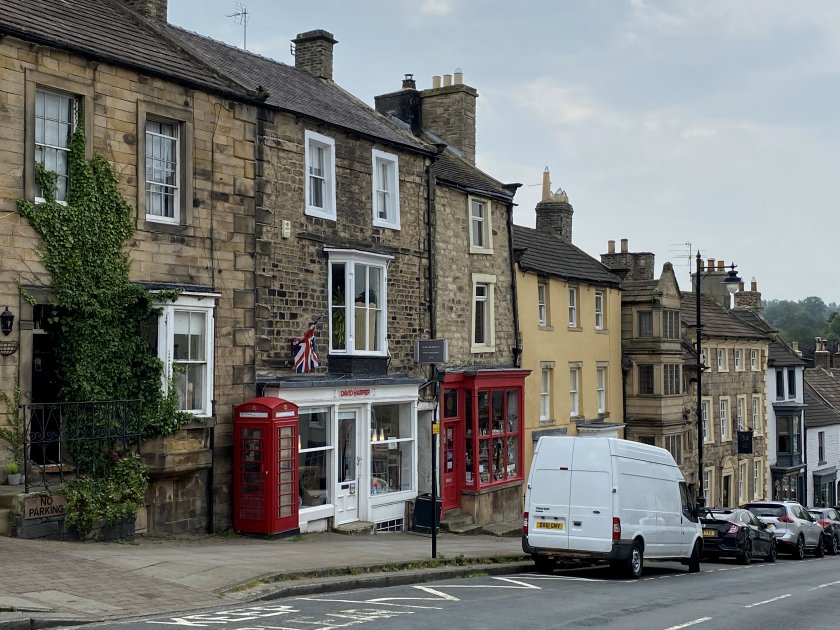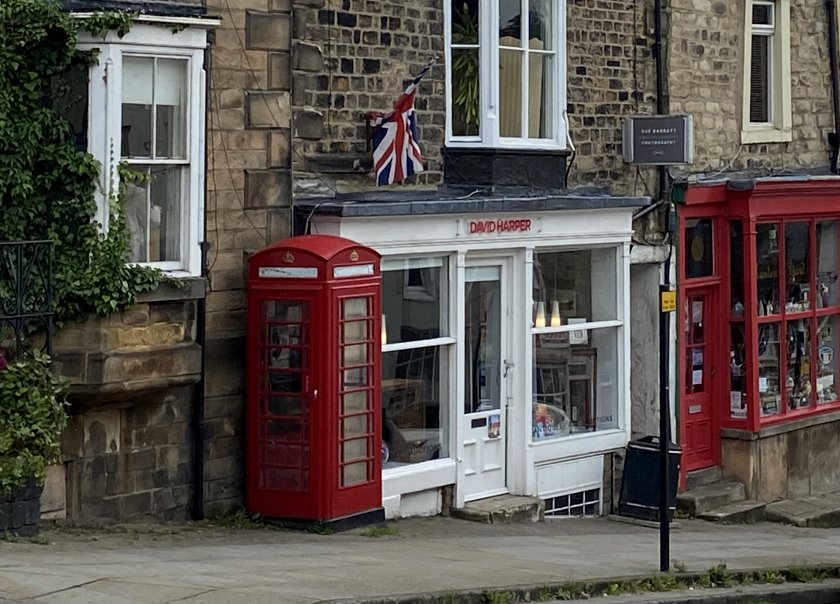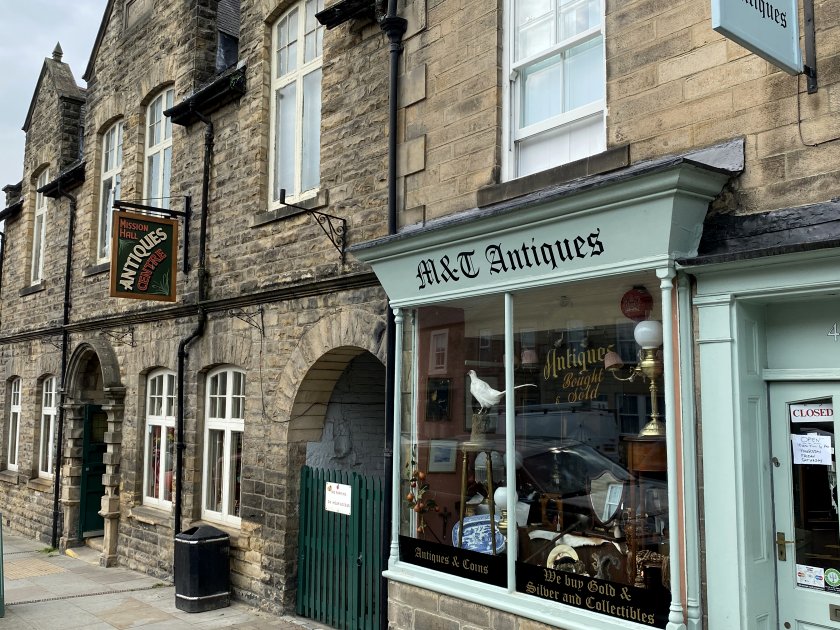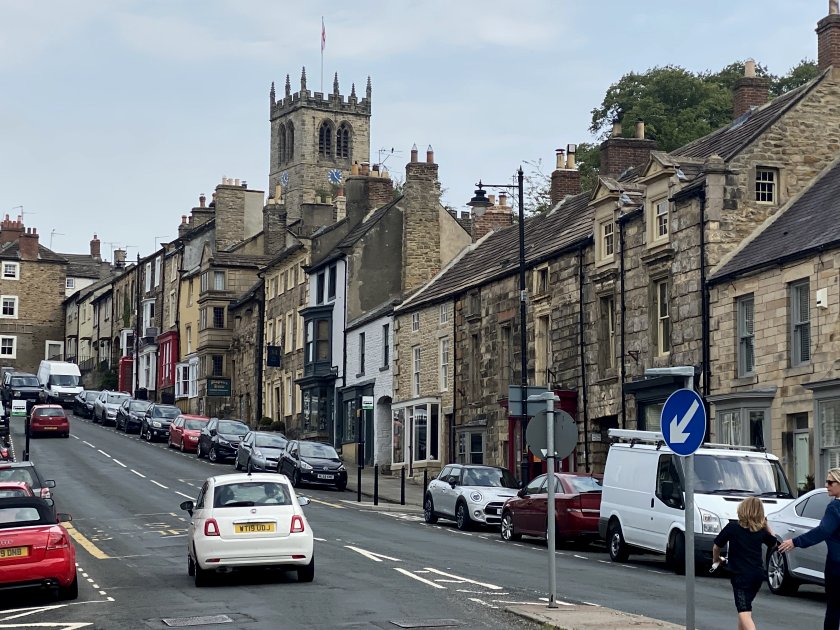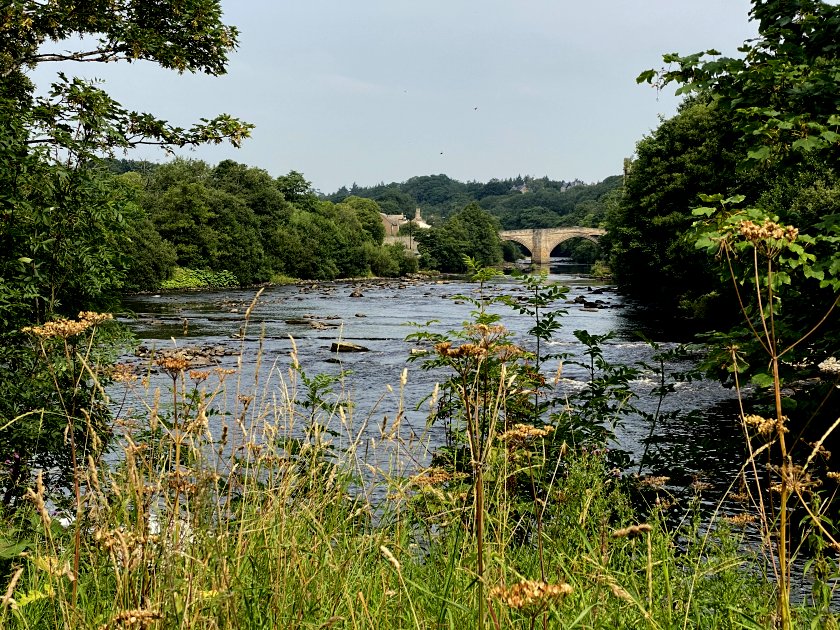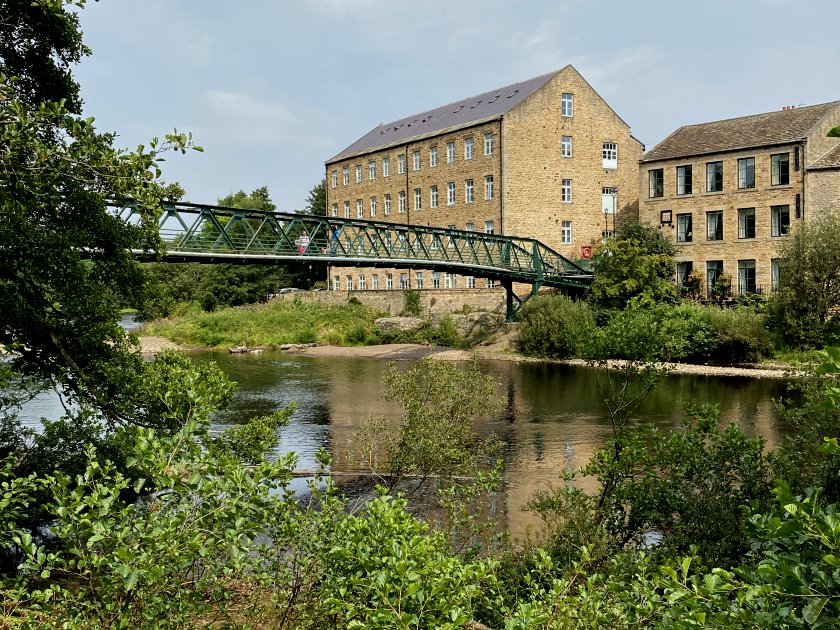Background
I suppose I must have come across the name Barnard Castle prior to the year 2020: I know for a fact that I have driven the A66 several times, and the signs on it for this County Durham town couldn’t be clearer. But I never took any particular notice. That all changed on Monday 25 May 2020. During the previous week, it had emerged that unelected prime-ministerial adviser Dominic Cummings had earlier made a 600-mile round trip from London to County Durham, when the rest of the UK was in complete lockdown. Amid howls of protest from the country, he was ordered to appear in the Downing Street Rose Garden – a location previously reserved for foreign dignitaries and the like – and explain himself to reporters and to the nation on live TV. And so followed nearly one and a half hours’ worth of tedious defence of the indefensible, including excruciating details of petrol stops and toilet breaks.
Amidst all the feelings of wondering whether I might have been unwittingly teleported to some wacky parallel universe, one snippet did genuinely intrigue me: during his stay in Durham, Mr Cummings had made a side trip to “local beauty spot Barnard Castle”, for the purpose of assessing his eyesight and fitness to drive. (Erm, if there was any doubt, shouldn’t the assessment have been made prior to getting behind the wheel?) But it was the beauty-spot bit that I filed away in my brain, under the heading ‘Places that may be worth a visit’.
A few weeks later, when planning my second attempt at a North of England road trip, I was initially just mindful of this potential destination. I then decided that it simply had to done on discovering the Bowes Museum. Fast-forward to the actual trip, and in keeping with the spirit of the times, I decided to do a quick eyesight test – in my case before taking to the road:
The Bowes Museum
This is a hugely impressive fine arts museum, located a short walk from the centre of Barnard Castle, Teesdale. It was commissioned in the 19th century by art collectors John Bowes and his French wife Joséphine, though sadly neither survived to see it completed in 1892. The museum was intended from outset to be open to the public. The building is spectacular: resembling a French château, it would not look out of place almost anywhere in that country. The permanent collection is equally impressive, while additionally the museum is sufficiently prestigious to attract internationally significant temporary exhibits.
A quick look around town
I also had time for a short visit to the town centre. Leaving my rental car parked at the Bowes Museum, I made the short walk along Newgate to reach the Market Cross, then briefly explored each of the other three streets at this four-way junction: Horse Market / Market Place to the north formed the main shopping area, while The Bank featured a collection of antique shops and gently sloped down towards the River Tees.
Final thought
Did you notice what’s missing? I didn’t actually see the fortification after which the town is named until I was leaving: I finally drove past it on my way to rejoin the trans-Pennine A66 road. I didn’t have too many regrets as my priority had always been to see the Bowes Museum. Perhaps I’ll come back some day to finish the job.

